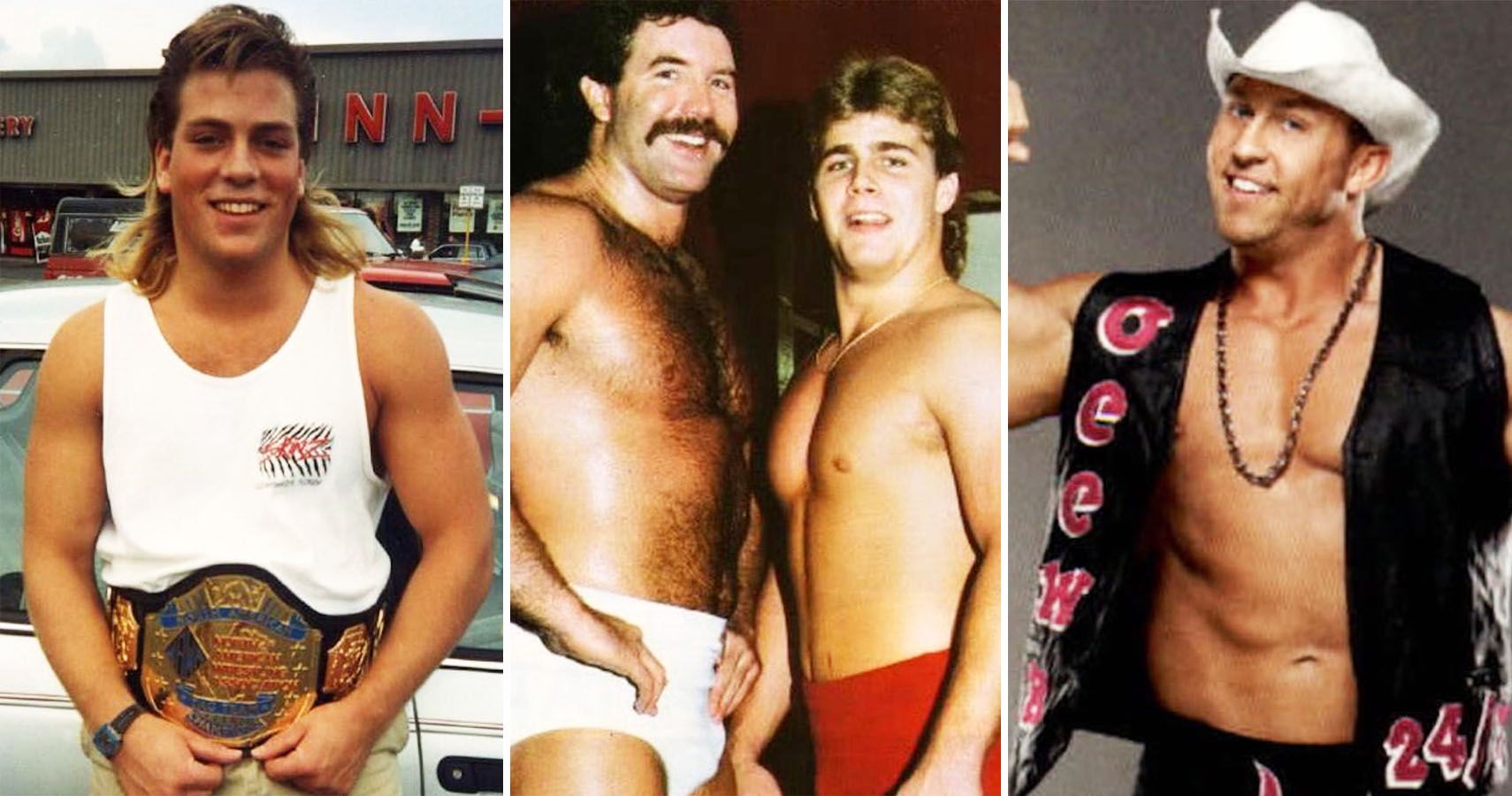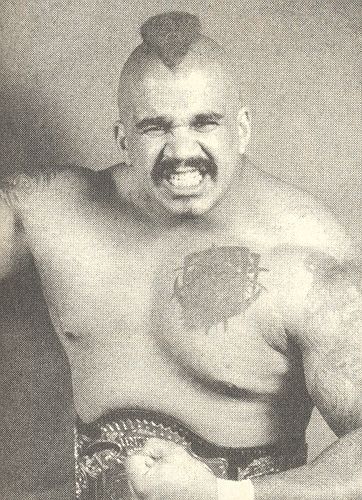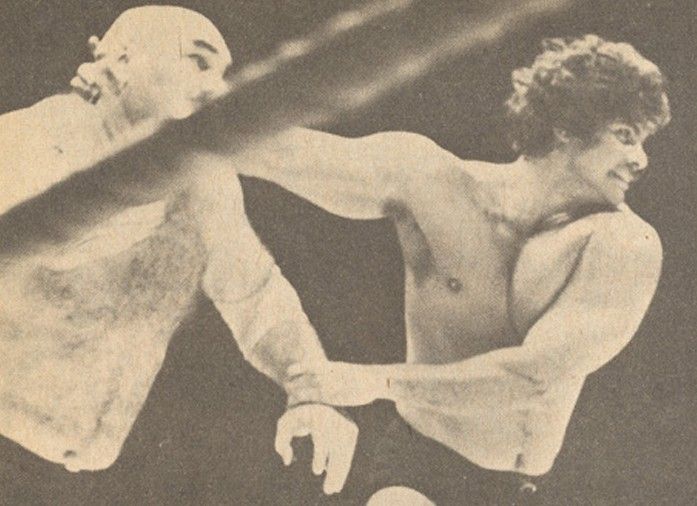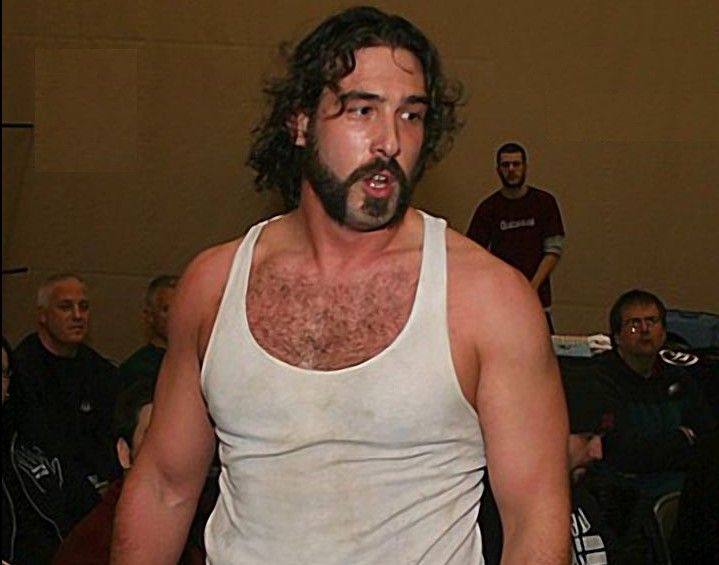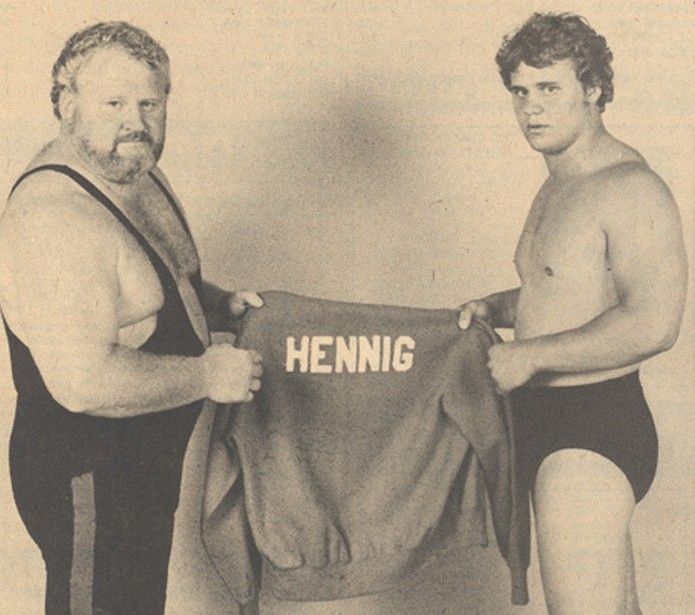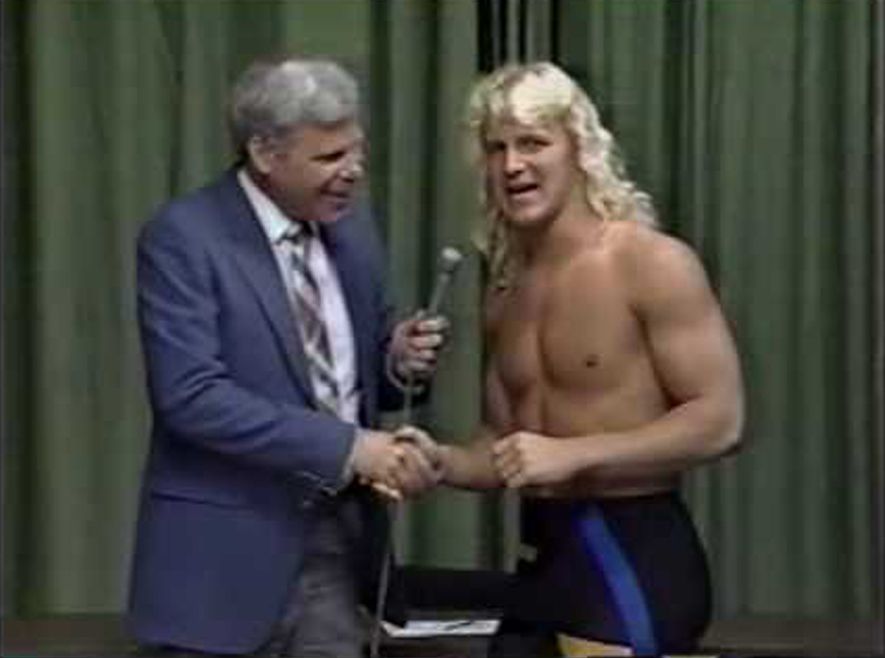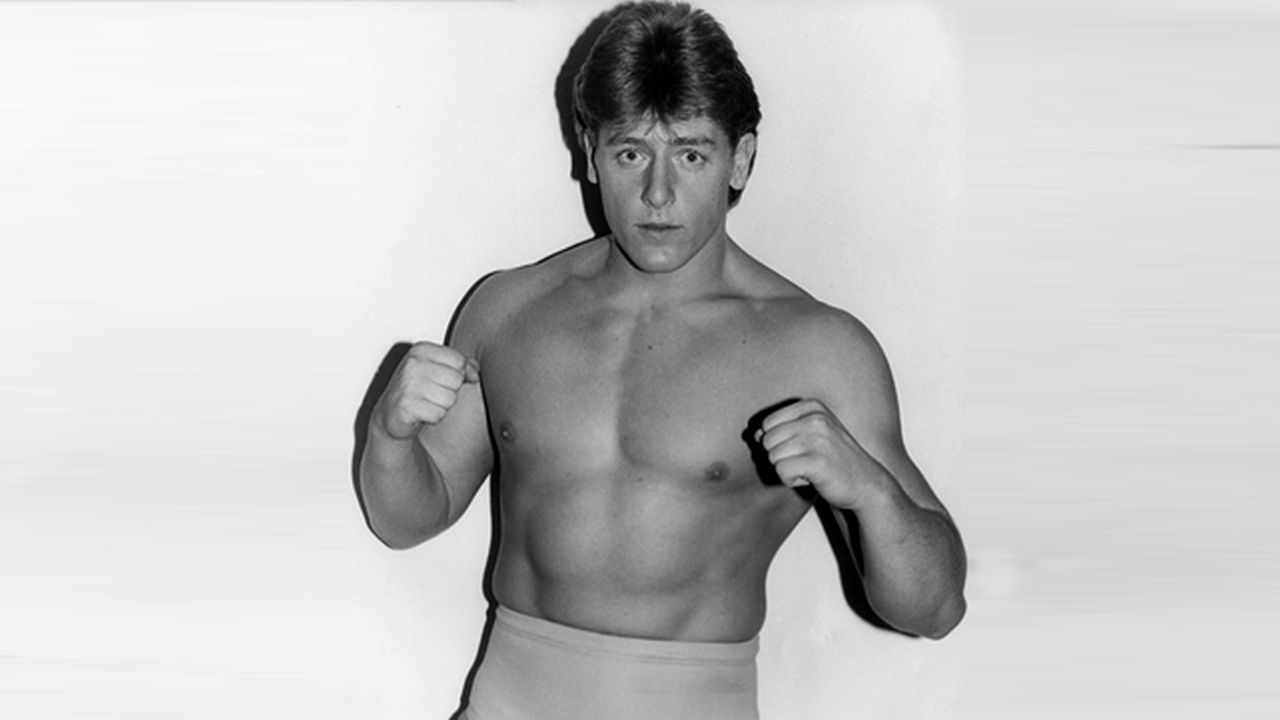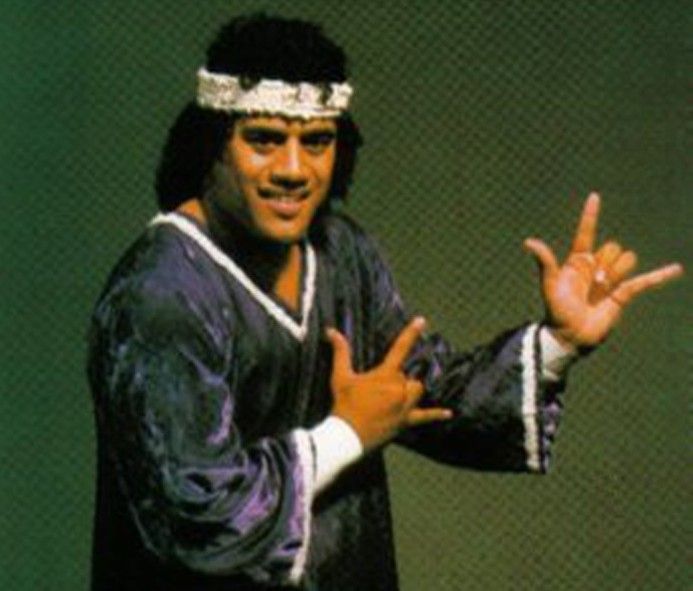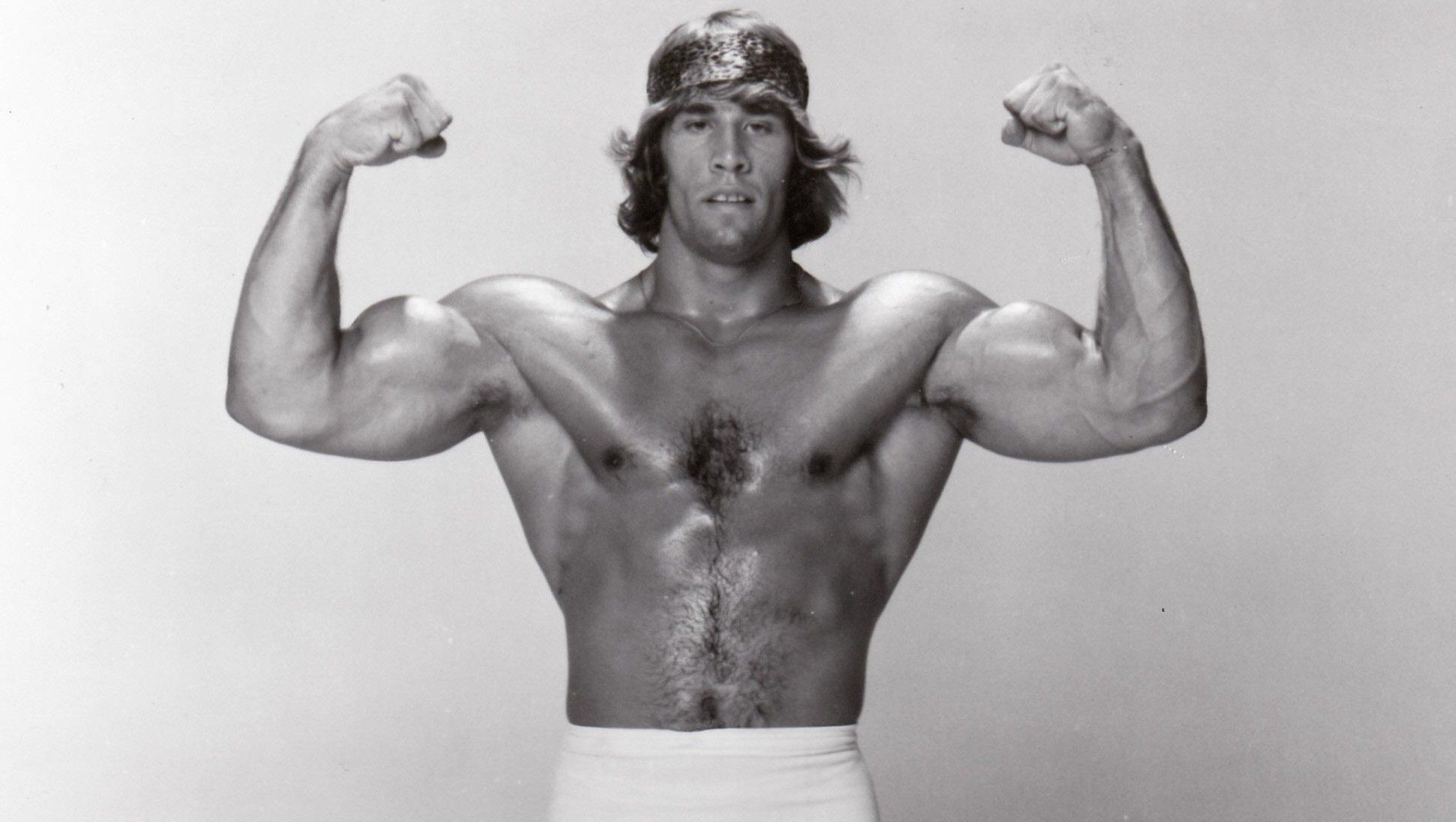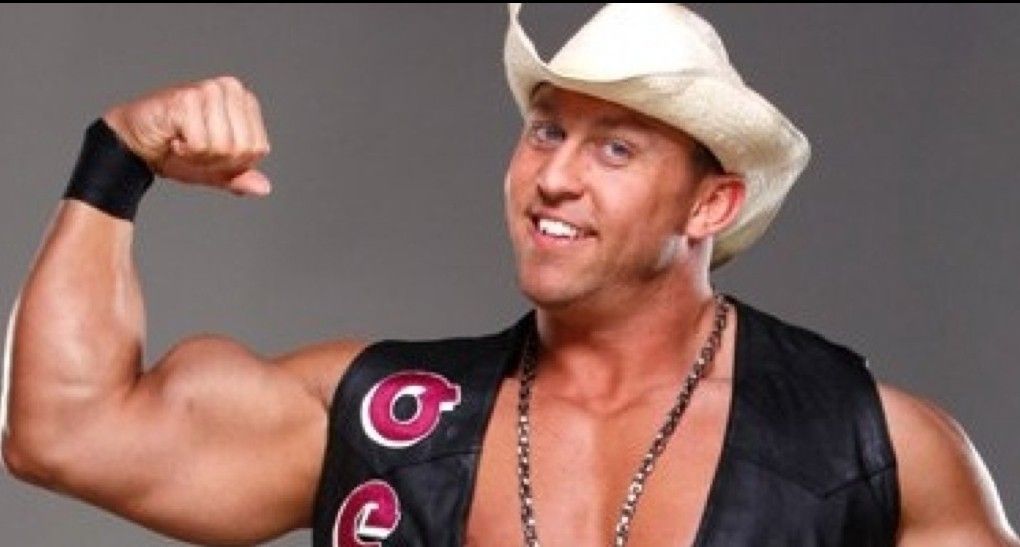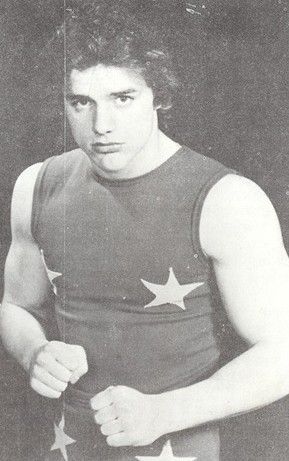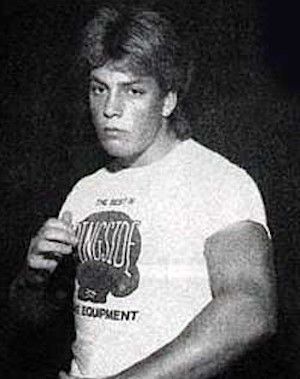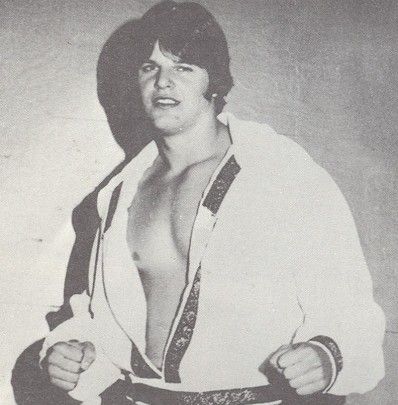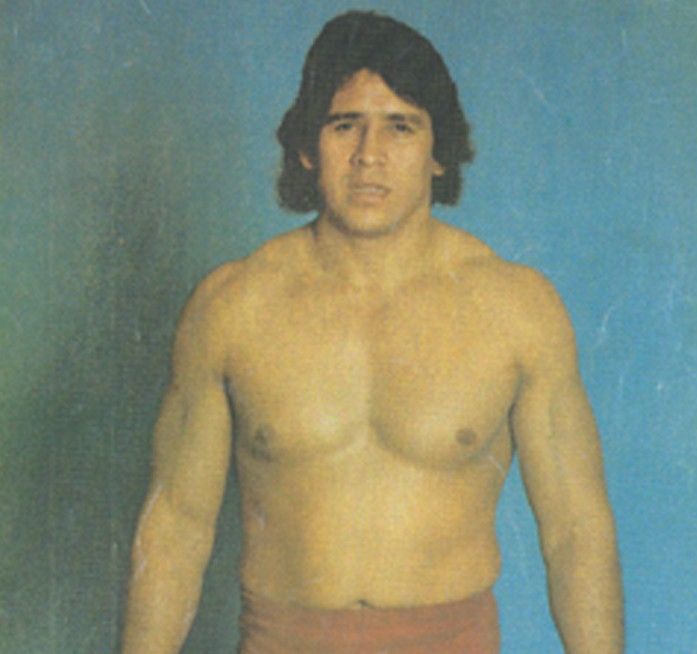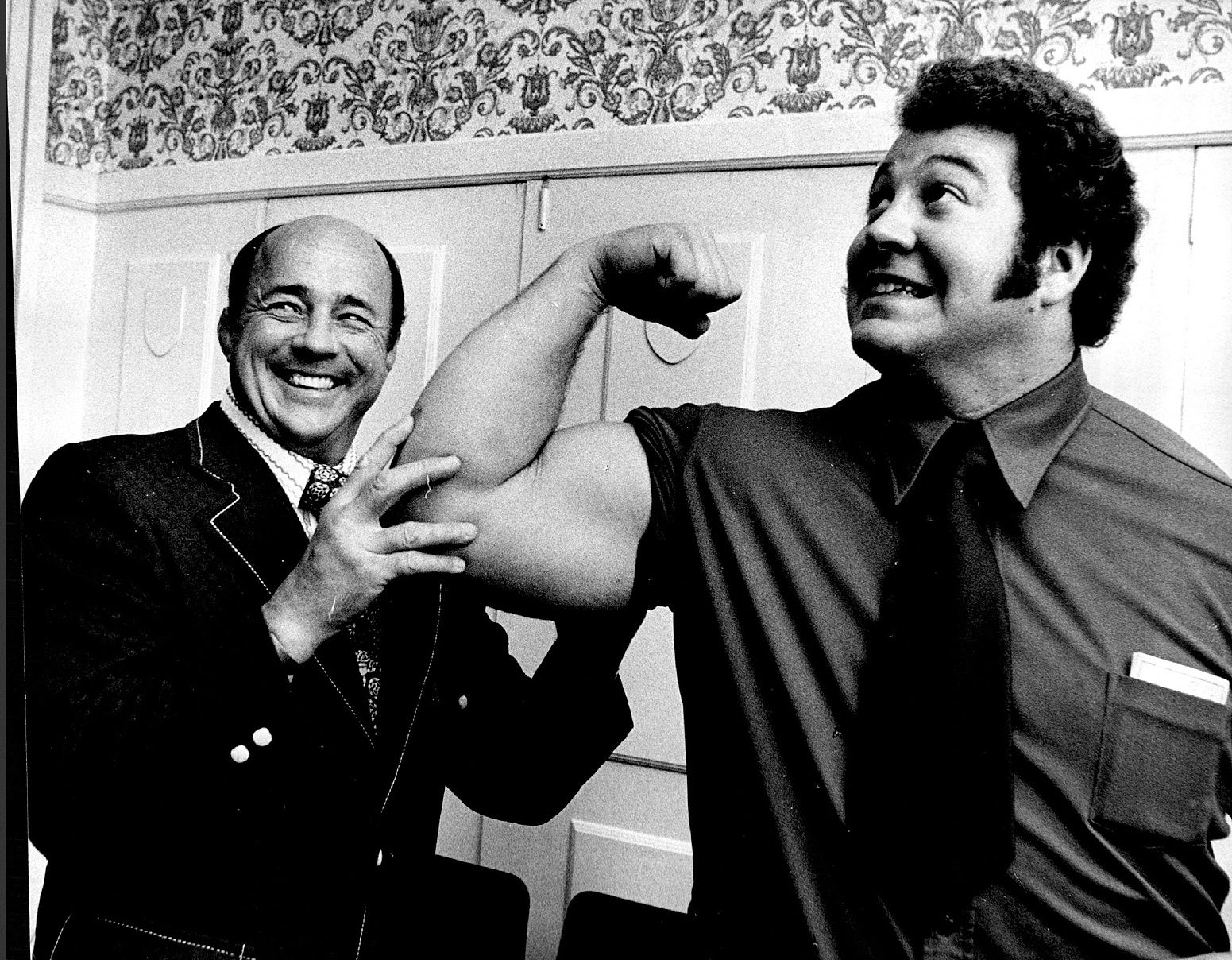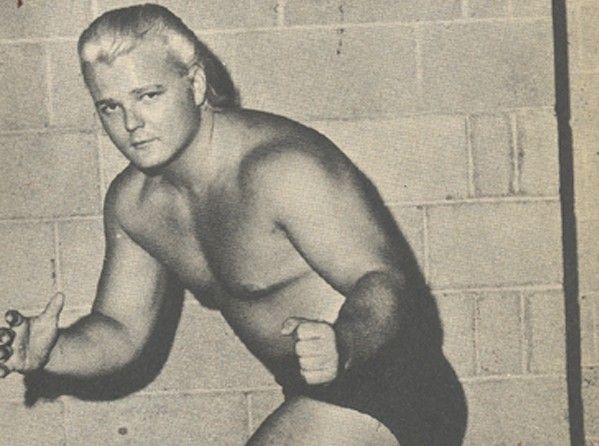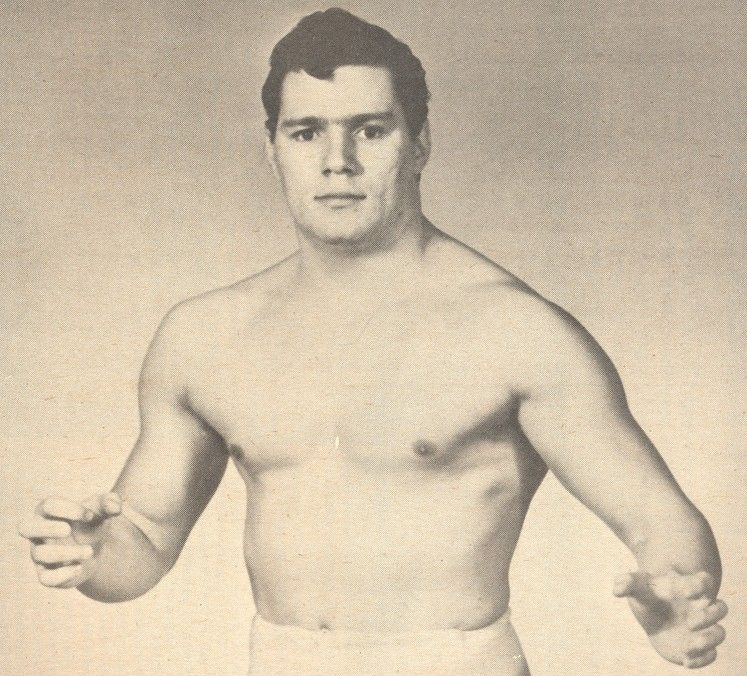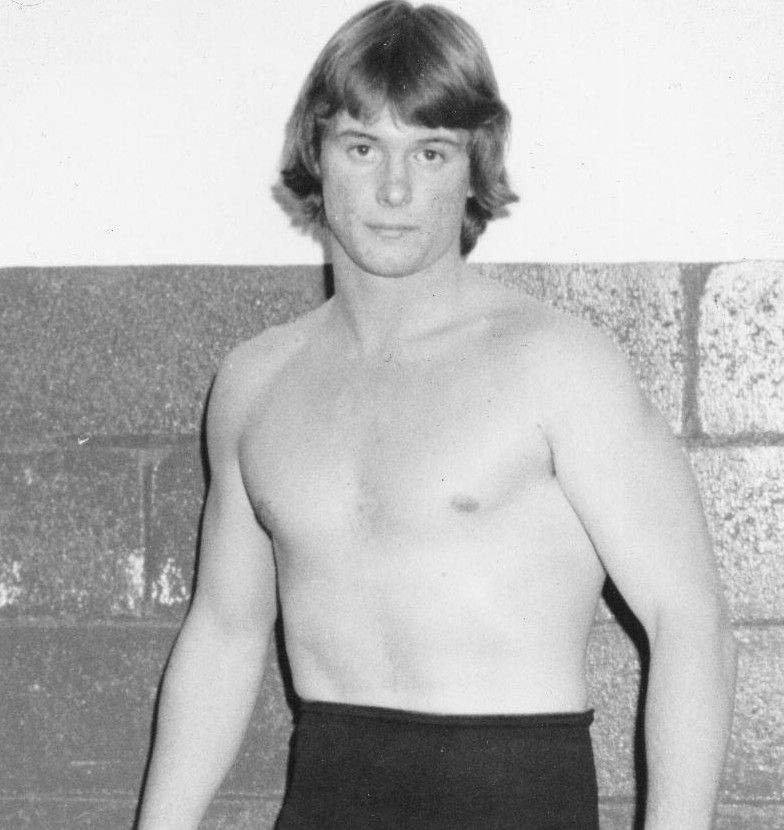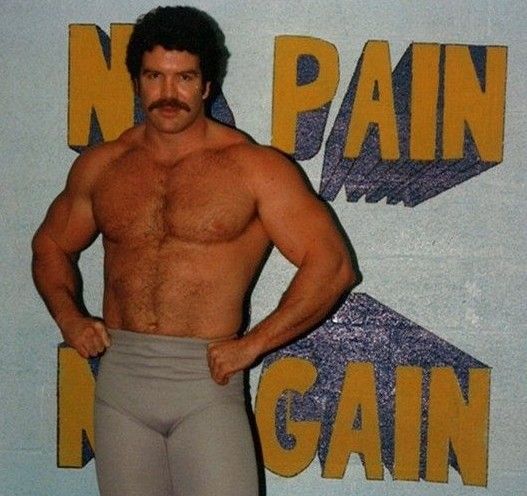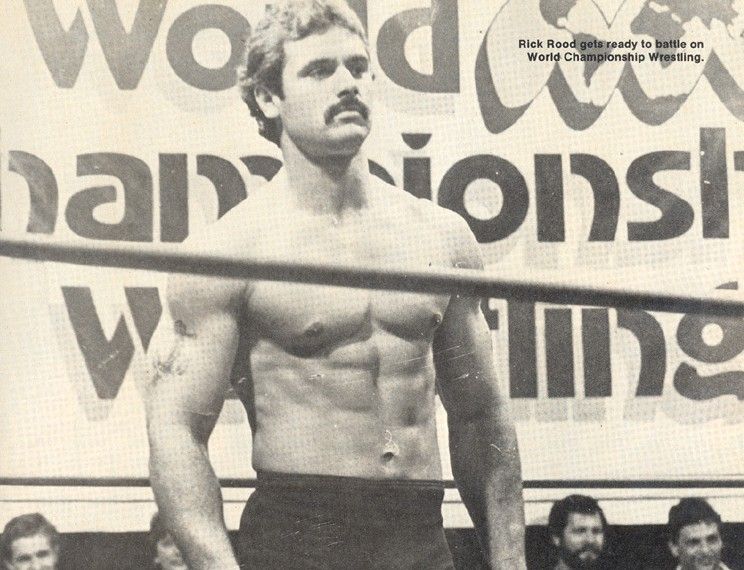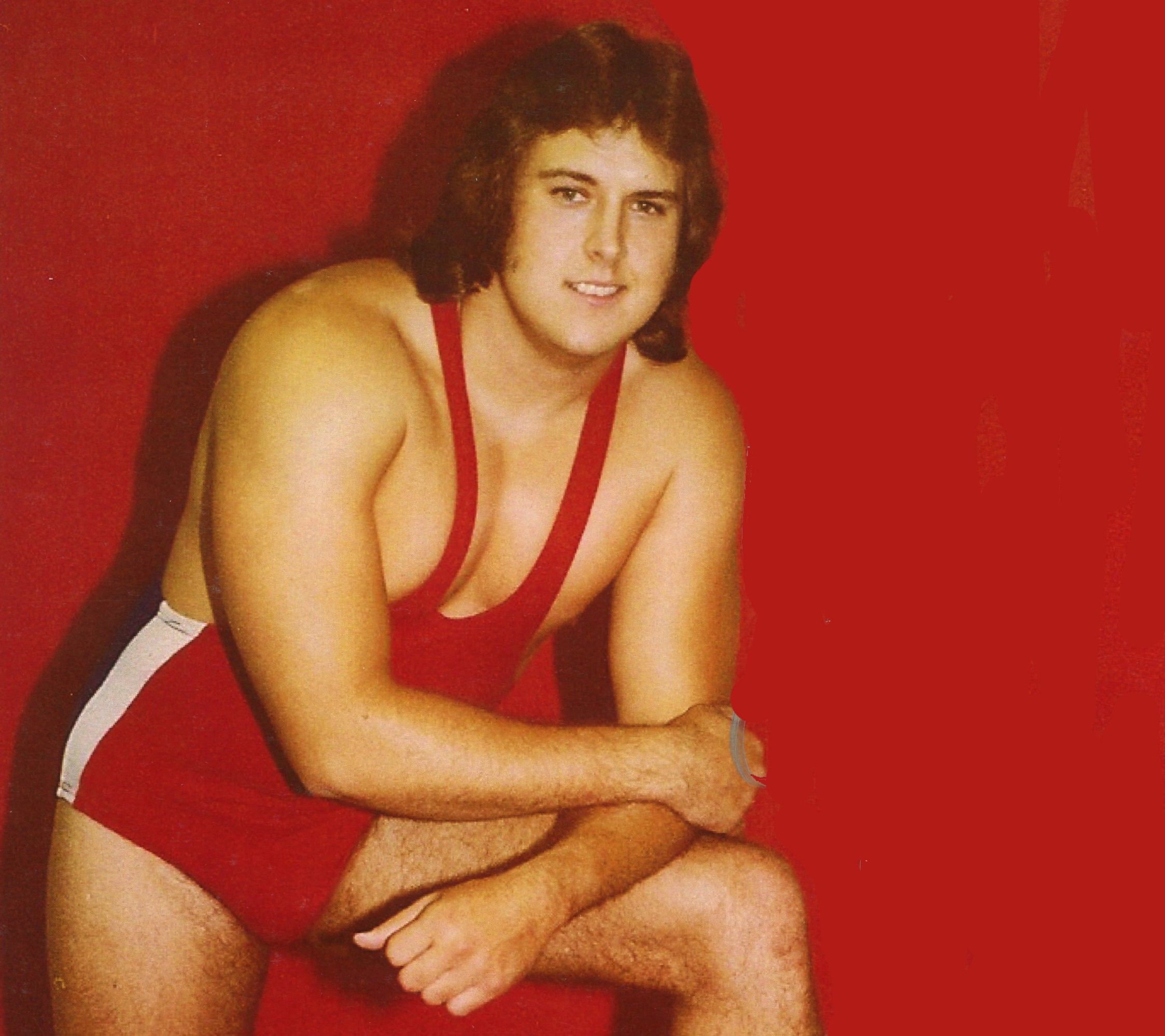The WWE Intercontinental Championship is arguably one of the most celebrated championships in the history of the company. While often viewed as a stepping stone for wrestlers being groomed for the top spot, often the Intercontinental belt has been the title held by the wrestlers who were among the finer finesse wrestlers on the roster, while the Heavyweight Championship was more often held by who would appeal to fans at the box office as opposed to technical ability between the ropes. Who can argue with the title lineage of the championship with men such as Bret Hart, The Ultimate Warrior, Shawn Michaels, The Rock and Steve Austin using this as the platform to demonstrate that they were main event material before latching onto the WWE heavyweight gold.
Lending further credibility to the prestige carried by the championship is the number of wrestlers that have laid claim to the title, declaring themselves to be the greatest Intercontinental Champion of all time. How often have we heard that claim for any other single championship in the game? No, it’s the Intercontinental Title that has been the subject of the greatest boasts among belt holders. Given its prestige, we’d expect that the rookie year photos would be our first signal that wrestling was sitting on a potential gold mine. Is that the case with these 20? You decide.
20 20. The Godfather
“Pimpin’ Ain’t Easy!” We all expected that this trademark phrase would have been worked into The Godfather’s acceptance speech during his induction into the WWE Hall of Fame. Even during the Attitude Era, the character of a pimp was one of the more outrageous gimmicks of that period of wrestling that had many of us wondering when someone in charge of programming was going to pull the pin on it. It was certainly a radical departure from even his previous characters in the WWE as Papa Shango and Kama the Supreme Fighting Machine.
If we had just posted this picture of “The Soultaker” from his rookie year in Memphis, Tennessee before being called up to Vince McMahon’s roster, some might struggle to identify this future leader of the Ho Train. While there’s no denying his talent – there is certainly a case to be made for being in the right place at the right time with the right gimmick in the case of this Intercontinental Champion.
19 19. Don Muraco
In a magazine interview, Don Muraco identified that in his youth on the beaches of Hawaii, he was attracted to professional wrestling because he was “a ham”. Though, the young Don Muraco that launched his career in the Pacific Northwest in the early 1970s looked much different from the husky villain that arrived on the doorstep of the WWE to factor heavily into the Intercontinental Title hunt. Probably 50 pounds lighter and sporting a mustache reminiscent of Burt Reynolds, it would have been hard to distinguish the rookie Don Muraco from the multitudes of wrestlers working the territories at that time.
However, as he packed on the size to more accurately represent the “New York look” that Vince McMahon fancied in the 1980s, and with his growth came a greater earning opportunity and a place in the title picture. We have to wonder – did the Fuji Vice vignettes work against his further ascent in the company to the World Title?
18 18. Luke Harper
The haunting, gaunt face of Luke Harper has punctuated the eeriness of the Wyatt family during their ascent in the WWE. While not as charismatic as the family patriarch, Harper has stood a little like Cousin Lurch from the Addams Family in one of the most macabre stables ever assembled in the WWE. But he wasn’t always the somber, wild-eyed brute that looks as though he has spent the last several decades living alone in isolation back in the hills – as Brodie Lee, Harper was quite animated – even though physically, the apparel he wore on the independents is shockingly similar to what he wore on wrestling’s grandest stage.
There’s more to his evolution than just letting his beard grow out to all its glory – but we may not have seen the career trajectory to the Intercontinental Title from his earliest appearances in the ring. Google some old footage and you decide – would you have predicted his future success?
17 17. Mr. Perfect
Some may argue that second generation wrestlers have an automatic advantage over their peers to break down the doors to get into professional wrestling. That wasn’t the case with Curt Hennig. While he was a stellar athlete in high school and college, his father Larry had initially tried to dissuade Curt from following him into the wrestling business. Perhaps that was due, in part to the senior Hennigs thorough disdain for Verne Gagne. This early career photo shows a curly haired Curt, a mere shadow of his famous father, and certainly not portraying the image that we would readily associate with someone to be dubbed Mr. Perfect.
Though on the small side for the 1980s climate in the WWE Hennig created his own opportunities by working his way through the territories to establish that he belonged. Upon his arrival in 1988, his plain blue trunks didn’t give us faith that the company was going to get behind him. We’re glad we were wrong.
16 16. Jeff Jarrett
The Memphis wrestling territory was one of the final hold outs after the WWE’s national expansion across the United States had largely decimated every other circuit. While the territory still had television and generated a steady following in weekly towns around the circuit, the problem that many outstanding wrestlers in Tennessee had was that they were considered too small for the WWE. Jeff Jarrett certainly fell into that category, starting his career barely out of his teens and hardly tipping the scales at 200 pounds. With his long blonde locks and charisma, he was one of the rare commodities that was able to parlay his success in Memphis into a role with the WWE which saw him excel in both solo and tag team action.
Thankfully, he was able to discard the overly gimmicky J-E-Double F, J-A-Double R, E-Double T quickly for both his sake and ours. Like many now in the 205 Live division, we’re sure Jeff heard: “Hey kid, you’re a great talent. But you’re just too small.”
15 15. William Regal
Ever since he first landed on the shores of North America, we have been presented with a fairly consistent image of Lord Steven/William Regal – as an elitist English lord looking down his nose at the commoners at ringside. It’s hardly original – instead relying on one of the oldest and most repeated English stereotypes in the wrestling business. Few people have even dug deeper into Regal’s career and his start in England that first attracted the attention of talent scouts from America. This photo shows a fresh-faced Regal at the outset of his career when he was cast as an up-and-coming fan favorite in his native land. It is almost unsettling to see Regal with a smile on his face instead of the usual sour scowl that has been almost a trademark in his roles both as a wrestler and more recently as an administrator. Could his career have led to the same success as a smiling, happy Englishman?
14 14. Rikishi
It took Salofa Fatu a lot longer to get to the WWE than it did for his twin brother Sam – who was featured as the Tonga Kid and Islander Tama in the 1980s. We’re not sure why it took so long for the the future Headshrinker Fatu to arrive, but we’re sure that he is glad by how everything has played out for him. A multi-time title holder in the WWE and now a Hall of Famer, both of which were honors that his twin never achieved in the company, things worked out find for Rikishi Phatu. But in the beginning, he was cast as a stereo-typically happy islander simply billed as Alofa, wrestling in the International Wrestling territory in Quebec. He started out as a tag team specialist, winning titles with Phil Lafon in Canada and Samu in the U.S.
This photo represents about five career iterations before his most famous gimmick – the one which made him IC Champ material.
13 13. Kerry Von Erich
There can be little doubt that Kerry Von Erich was the most successful of all five wrestling brothers from Denton, Texas. Though the early attention was focused on brother David, Kerry boasted the best physique of his generation and he was able to parlay that into a NWA World Title reign and as one of the top headliners outside of the WWE system in the 80s. It wasn’t long after he landed in the WWE that he secured the Intercontinental Title and he is one of those wrestlers that we wonder “what could have been” had any aspect of his life played out differently.
From his very earliest photo, promoters could see the dollar signs associated with putting this rising star on their marquee. Had he not lived so fast and taken so many risks outside of the ring, chances are we would be discussing Kerry Von Erich among a short list of the greatest talents of his era.
12 12. Ryback
It doesn’t matter who was in charge creatively, the WWE has always loved to put a cowboy hat on somebody and try to turn it into something. Bret Hart recounts that because he was from Calgary that booker George Scott had wanted to make him a cowboy, but he refused. Over the years we have seen the Smoking Gunns, Jeff Jarrett, Jimmy Wang Yang, and more. In the case of Ryback, we have to believe that he has to be grateful that the idea for the cowpoke Skip Sheffield was tried and discarded in developmental before he was called up to the main roster.
As “The Big Guy” Ryback, his character was a little one dimensional, but at least he didn’t look like he was supposed to be an extra on the set of Magic Mike XXL. We’re sure that the in-ring interviews, incorporating a healthy dose of homestead lingo would have been as entertaining as the whole run of Duke “The Dumpster” Droese, though.
11 11. British Bulldog
Among the most startling transformations of wrestlers in the 1980s at the height of steroid use and abuse in the WWE was that of both members of the British Bulldogs. Debuting in England as Young David in his teens, Davey Boy Smith tipped the scales at barely 180 pounds. Upon his arrival to Calgary and the Stampede Wrestling roster, Smith was introduced to bodybuilding supplements by his cousin, Dynamite Kid and the transition over three years in Canada was remarkable. He ballooned to 240 pounds as tag team champion and by 1992 en route to the Intercontinental Title, was even bigger than that.
To compare the British Bulldog that reigned as IC Champ to this picture from his rookie year, many may have a hard time reconciling that they are the same person. Astonishingly, though, even by adding close to 100 pounds to his frame, Davey maintained his agility and was able to perform against a wide variety of opponents.
10 10. Rob Van Dam
It won’t be a surprise to many who were only introduced to Rob Van Dam as “Mr. Monday Night” that he has always demonstrated some innovative maneuvers inside the squared circle. Even before he adopted the name Van Dam, due to his resemblance to the popular Belgian movie star of the same surname, he was demonstrating feats of agility and body control similar to those seen in Jean Claude’s movie Kickboxer. There are a number of differences between rookie Van Dam and the version that would become Intercontinental Champion.
Not only was he leaner, but it may be difficult to imagine that he strode to the ring in plain, one color trunks and or singlets in his early days and not the flashy airbrushed attire which would become his trademark later on. Also of note, by the time that RVD hit his peak, he really didn’t look all that much like his namesake anymore.
9 9. The Mountie (Jacques Rougeau)
Born into Quebec wrestling royalty, Jacques was one of three brothers to comprise a third generation of Rougeaus in the ring. However, as his older brother Raymond was already established as a rising fan favorite in the Montreal circuit, Jacques Jr. initially hit the road to establish his name elsewhere. Downplaying his French descent, in Calgary he was billed as Jimmy Rougeau and in the southern United States he adopted the name Jerry Roberts.
While the Rougeau brothers would unite in the 1980s tag team division in the WWE, it wasn’t until Jacques adopted a gimmick that he ascended to title status. While it backfired for Tito Santana to become El Matador, Jacques Rougeau as The Mountie saw his greatest career successes. Aside from Pat Patterson, The Mountie might be the one of the only French-Canadian wrestlers to achieve singles success in the WWE. Even as Jerry Roberts, he might not have had enough color to do that.
8 8. Tito Santana
Like Dick Clark, Tito Santana was one rare talent that never seemed to age throughout his active ring career. This photo from his rookie year in 1977 could just as easily be used to celebrate his career throughout the 1980s as both a multi-time Intercontinental and two-time WWE Tag Team Champion. Tito wasn’t just a great talent between the ropes, he filled a unique role in the ethnically diverse WWE of the 1980s and was one of a handful of wrestlers featured in the animated series Hulk Hogan’s Rock 'n’ Wrestling.
Santana may be one of the greatest mid-card wrestlers that the WWE ever had and his repertoire and appearance kept him ageless from his first match right through to his induction into the WWE Hall of Fame. How many other wrestlers of past or present can make the same boast, truthfully? Not anyone else on this list, that’s for sure.
7 7. Ken Patera
When he was first recruited for professional wrestling, it was because Verne Gagne recognized that he was a champion power lifter bound for the Munich Olympic Games in 1972. In a recent interview, Ric Flair claims that Gagne was subsidizing Patera’s training for the Games, hoping to cash in on his investment if Patera won gold, billing him as the world’s strongest man on the AWA circuit. From the 300 pound mark that he maintained as a powerlifter, Ken Patera sculpted himself into a much different form as his career ascended between the ropes, looking more like a bodybuilder than a powerlifter.
As Intercontinental Champion, the other significant change for Patera wasn’t only his weight, but also his hair color, bleaching his curly locks platinum blonde to raise the ire of the ticket buyers. Ken would undergo further appearance changes, returning from his time in prison, to adopt a more natural and wholesome look so that he could be cast as a fan favorite. But he would never achieve the same notoriety he had as Intercontinental Champion.
6 6. Greg Valentine
The gruff voice of Greg “The Hammer” Valentine was a good match for his surly demeanor and his arrival in the WWE, a territory where his father had dominated decades prior appeared to set him on the path to his greatest career heights. Valentine always kept himself in top condition, but there was little chance that we’d ever see him switch locker rooms – he just epitomized a wrestling villain to his core. It was a much different face that was presented to fans when he wrestled his first match in 1970 after training with Stu Hart in Calgary.
In this rookie photo, Greg looks almost cherubic – as a matinee idol that might have a hit record that made all the ladies swoon. But it wasn’t long before fans learned not to trust that sweet face. He soon proved to be every bit as devious as his father Johnny – especially as Intercontinental Champion.
5 5. Pat Patterson
In almost every promotional photo or video available for Pat Patterson, he sports a slick platinum blonde hairdo that made him a headliner in California and a great visual pair with Ray Stevens. If you dig into the archives deep enough, you will find some photos of Pat Patterson in a beret and dressed like Liberace, carrying a lapdog similar to the character that was assigned to Rene Dupre after the dissolution of La Resistance. But the Pat Patterson that first left home at 17 years old to seek his fame and fortune in the wrestling business looked much different.
This photo shows Pat as a youngster taking his earliest steps in the industry with dark locks that make us think a little of Clark Kent. For the 1950s, this look put Patterson in step with many other top names of that era, but he didn’t see even a sniff of the success he would later after bleaching his hair – proving that blondes do have more fun.
4 4. Roddy Piper
There are countless interviews where WWE Hall of Famer and former Intercontinental Champion Roddy Piper speaks openly and in a self-deprecating manner about his mythical debut against Larry Hennig at the Winnipeg Arena. Piper broke into the game under trainer/promoter Tony Condello and was only 165 pounds when he wrestled his earliest matches on the Winnipeg independent scene and later with the AWA. He was certainly no match for the 300-plus pound Hennig when they met in 1974 – and while it’s true that the match broke records as the shortest match in the history of that venue, it wasn’t Piper’s debut.
Interestingly, it wasn’t even Piper’s first match in the AWA – that occurred months earlier against a fellow newcomer named Ric Flair. Think about this – 12 years after this photo was taken, Roddy Piper headlined the first WrestleMania against Hulk Hogan.
3 3. Scott Hall
It could well be that Verne Gagne was still smarting from the defection of Hulk Hogan from the AWA to the WWE which kick started the WWE’s takeover of the industry in the 1980s, but when Scott Hall first appeared in Gagne’s fold, he was billed as the next “Hulk Hogan.” With his size and resemblance to action TV star Tom Selleck, there was little doubt that Hall could succeed in the right environment and that came in 1992 when Vince McMahon cast him as a Cuban villain that was oozing machismo – Razor Ramon. There wasn’t a significant makeover required to evolve this formidable heavyweight into a marketable commodity for the WWE.
Razor would win multiple Intercontinental Titles and is best known for his series of ladder matches against Shawn Michaels – a wrestler who did see a considerable image change from his early days to the pinnacle of his own success.
2 2. Rick Rude
When fans remember “Ravishing” Rick Rude, no recollection is really complete without sharing a story about his ring entrance, his verbal taunts of the fans, and his in-ring disrobing to reveal his carved physique and distinct airbrushed tights that were innovative for their day. Rude was not only one of the most chiseled wrestlers of all time, but he was one of the greatest showmen of his generation. That flashiness and pizzazz that would stir up female fans for years isn’t fully reflected in this in ring shot from his rookie year while competing in Georgia. Though his granite stomach and sturdy frame is still apparent – his off the rack ring trunks and generic gear certainly don’t hint at the taunt that he would become famous for: “What I’d like to have right now is for all you fat, out of shape slobs, keep the noise down while I take my robe off and show the ladies what a real man is supposed to look like.”
1 1. Honky Tonk Man
It was 28 years ago that Wayne Farris last laid hands on the WWE Intercontinental Title, but his record setting reign has yet to be touched, allowing him to retain his billing as the “Greatest Intercontinental Champion of all time”. But with a successful gimmick that he has portrayed now for more than three decades, even his own children were hard pressed to identify the face in the promotional photo that tops our list. Shot by Jim Cornette from his days as a ringside photographer in Kentucky prior to becoming a manager, this is the first promotional photo ever shot of The Honky Tonk Man. He would undergo a more startling transformation between this and his Honky Tonk character – with long flowing blonde locks that would make Debbie Combs jealous and a waxed mustache – Farris paired with Larry Latham (aka Moondog Spot) as the Blonde Bombers. Had he stuck with this image, he may still have sent many a potential love interest to heartbreak hotel.

